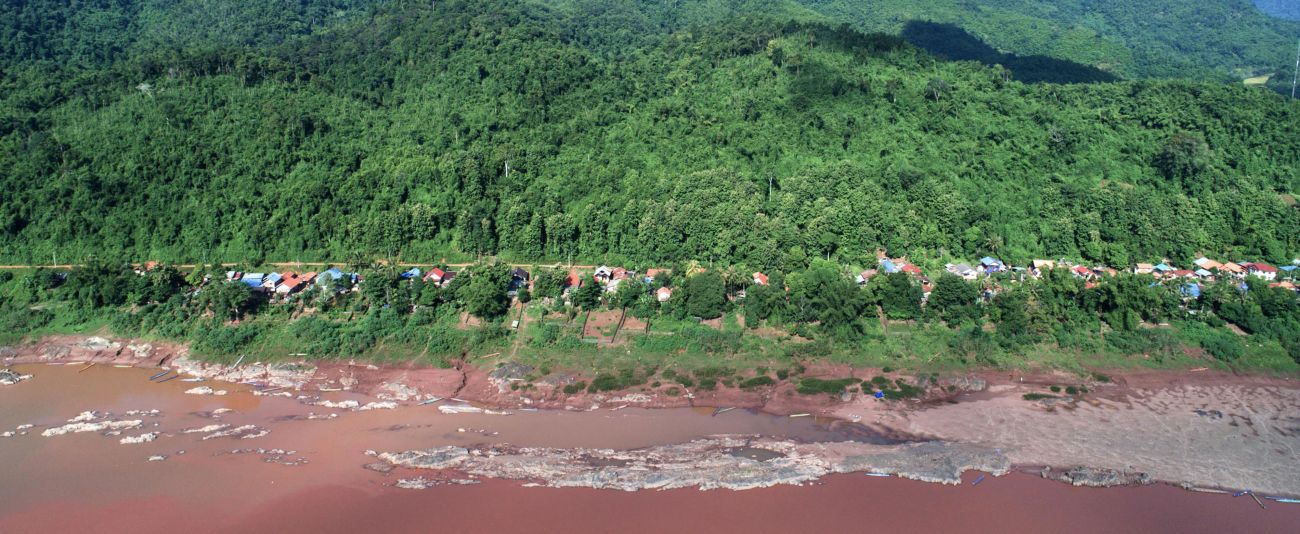

- Agriculture has been peripheral in COPs to date, but its importance was clear at COP26.
- The agriculture sector has more acute trade-offs than other sectors because of its relationship with food security.
- A major infusion of funds is required to support the transitions that must take place in the sector.
COP26 was a significant step forward for the agriculture sector. The topic had been peripheral in the intergovernmental climate change negotiations until 2017, when parties launched the Koronivia Joint Work on Agriculture to address agriculture-related issues. At COP26, governments agreed to continue the Koronivia process, with a view to adopting a decision at COP27 in 2022.
Agriculture is also implicated in the COP26 pledge by more than 100 countries to reduce global methane emissions by 30 percent by 2030. In this context, the Koronivia negotiators are well positioned to have important roles in catalysing action and bringing other sectors on board.
Many countries in the Asia–Pacific region, including China, India and Indonesia, will be unable to meet their NDC targets without major shifts in their agriculture sector. Despite positive signals, agriculture has not yet undergone the needed large-scale transition from ecologically destructive commercial monocropping to systems that enhance the health and resilience of the ecosystem, including elements such as soil, water and biodiversity.
“We are quite happy with the recognition of priority areas in agriculture and progress in the discussions and are hopeful the end decision on the Koronivia Joint Work on Agriculture at COP27 will lead to concrete action.” — Mohammad Hariz Bin Abdul Rahman, Malaysian Agricultural Research and Development Institute
The Intergovernmental Panel on Climate Change has repeatedly highlighted the importance of agriculture in the context of climate change, not least because of the critical link with food security. Some countries in the region, such as India, are increasing in importance as a global source for food due to the conflict and climate change impacts in the food-producing regions that have traditionally supplied the global markets.
While there have been recent increases in crop yields around the world, the World Resources Institute estimates that such increases must occur 1.9 times faster over the next decade to meet current and future demand. This relationship with food security means that, in terms of reducing emissions, the agriculture sector has more acute trade-offs than other sectors.
As with forests, most countries view agriculture as having strong mitigation and adaptation elements that must be balanced in their NDCs alongside national economic development. An inherent challenge is that, while adaptation is a higher priority at the local level, mitigation projects are more easily understandable with a single metric. This makes mitigation projects more appealing to funders.
“Agriculture and forestry should be better connected, and the effort should be on working together—not competing with one another. In that sense, REDD+ and the Koronivia Joint Work on Agriculture need to be working under a common approach.” — Martial Bernoux, Senior Natural Resources Officer, FAO
While overall climate financing for the agriculture and land-use sectors is increasing, it is decreasing as a percentage of total climate finance. This needs to be corrected. The Asia–Pacific region needs a significant infusion of funds to climate-proof agriculture, and it is essential that the private sector take up a strong part of this. The experts said that the Koronivia Joint Work on Agriculture can support this connection.
Initiatives in agriculture are often highly integrated with other sectors. This is also true for the forestry sector, underscoring the need for cross-sectoral learning and coordination. The experts discussed opportunities to align sectoral frameworks, such as REDD+ and the Koronivia Joint Work on Agriculture, to maximize the climate benefits from the land-use sector as a whole. Potential examples of this could include cross-sectoral collaboration on using low-productivity agricultural land for forestry. Dialogue between the two main land-use sectors, through regional events and through such bodies as ASEAN, could promote such synergies.
